Your outdoor baking success depends on mastering these essential aluminum foil tricks. Start by creating double-walled reflectors for maximum heat capture, positioning them at 30-degree angles. Next, use tight foil seals around bakeware to lock in moisture and enhance steam retention. You'll want to line your solar oven's interior with foil for effective heat reflection, then add a plastic wrap cover to prevent heat loss. For emergency setups, transform a pizza box into a solar oven using foil-lined surfaces. Finally, create sealed foil packs to control temperature and maintain moisture. These fundamental techniques just scratch the surface of solar cooking possibilities.
Creating Double-Walled Solar Reflectors
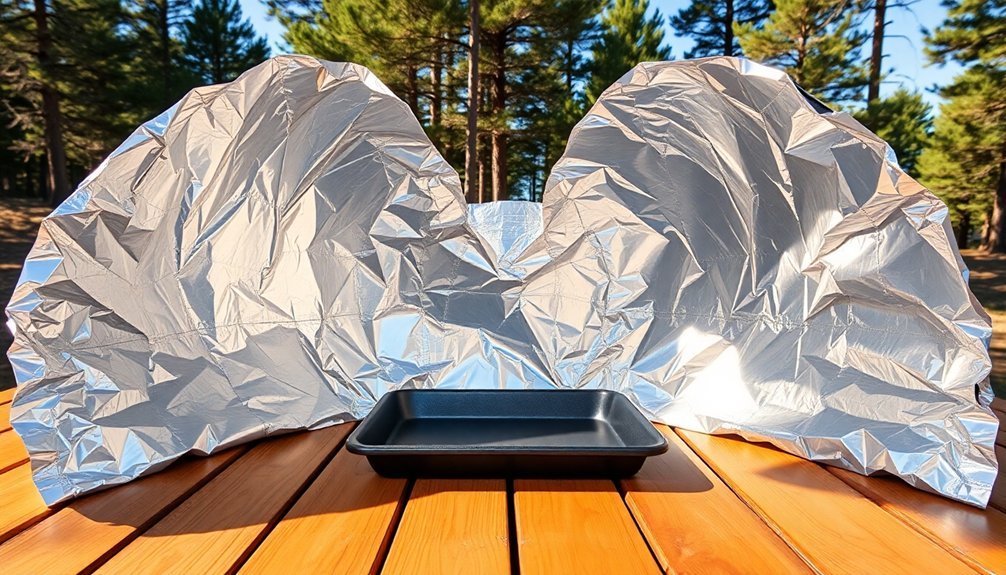
When building double-walled solar reflectors, you'll need high-quality aluminum foil as your primary material, offering up to 88.1% specular reflectivity. You can use either the shiny or dull side, as both provide excellent reflection for outdoor baking purposes.
Start by cutting two identical trapezoidal or semi-circular shapes from your foil, making them slightly larger than your baking area. During setup, verify alignment by ensuring there is no mast shadow for optimal positioning. Secure both pieces to a sturdy frame using duct tape or glue, positioning them at roughly 30-degree angles to maximize sunlight capture.
The double-wall design creates a concentrated reflection zone that boosts heating efficiency by up to 46%. Keep your reflectors clean and replace them when they show signs of degradation. For enhanced durability, consider adding a layer of silver reflective tape or mylar over the foil.
Maximizing Heat With Foil Placement
Since proper foil placement can dramatically affect cooking results, mastering its positioning is essential for outdoor baking success.
You'll want to loosely cover your dishes with foil to prevent uneven browning while retaining moisture. For best results, create tight seals around bakeware edges to enhance steam retention. Consider using tempered glass pans instead of aluminum foil when possible for safer cooking results.
When grilling, you can maximize heat by using foil packets, which trap moisture and flavors while ensuring even cooking at high temperatures.
Place your foil-wrapped items directly on the grates, creating a barrier that reflects heat back into the food. For delicate ingredients like fish or vegetables, use foil to prevent them from falling through and sticking to the grates.
You'll get better results by doubling the foil layers when cooking over intense heat, especially for foods that require longer cooking times.
Weather-Proofing Your Solar Setup
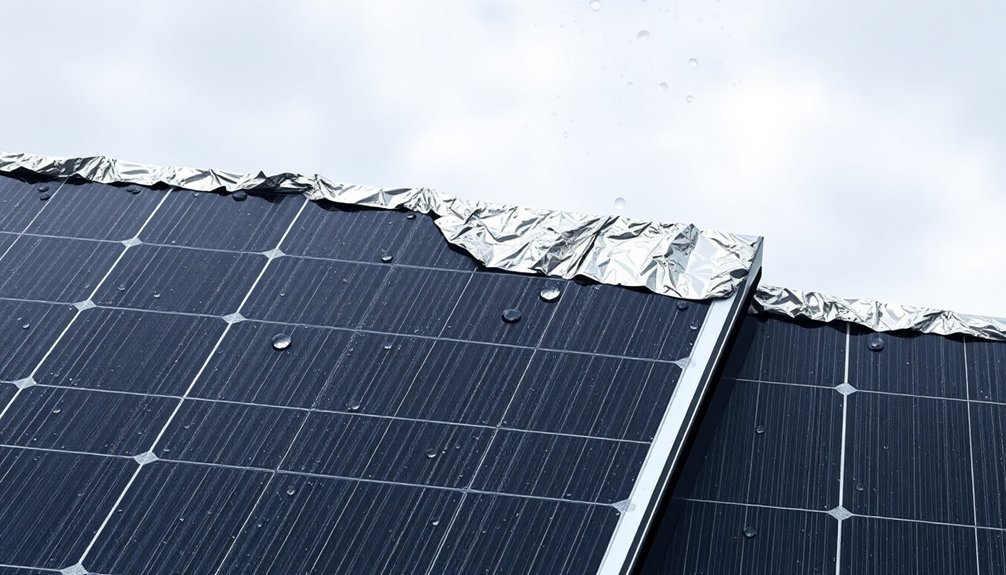
To guarantee your solar oven performs reliably in outdoor conditions, proper weather-proofing becomes essential for consistent cooking results.
Start by lining your oven's interior with aluminum foil to reflect and retain heat effectively. Seal all seams with tape, ensuring structural integrity from bottom to top.
You'll want to cover the oven's top with plastic wrap, securing it tightly to prevent heat loss and moisture buildup.
Place black construction paper at the box's bottom for temperature stability. To optimize sunlight capture, position your reflective surfaces strategically, adjusting them as the sun moves between 11 am and 3 pm.
Don't forget to insulate the box with cotton padding to minimize heat loss. Adding newspaper or straw as additional insulation layers can significantly boost heat retention.
Keep the setup level and clean, and always use hot pads when handling your sun-warmed oven.
Emergency Solar Oven Designs
Building an emergency solar oven doesn't require fancy materials or advanced construction skills. You'll need a cardboard pizza box or plywood for the base, aluminum foil for reflection, and clear plastic wrap or plexiglass for the window. Line the interior with black construction paper or paint to absorb heat.
Start by cutting a three-sided flap in your box's lid and cover its inner surface with foil. Create an airtight seal using plastic wrap or plexiglass, then add insulation like newspapers or foam around the cooking area. Rolled newspaper sheets provide excellent insulation between box layers.
For maximum efficiency, you'll want to position your oven where it gets direct sunlight. Pre-heat for an hour before cooking, and don't forget to stir liquids every 10 minutes. On sunny days, your DIY solar oven can reach temperatures up to 200°F.
Foil Temperature Control Methods
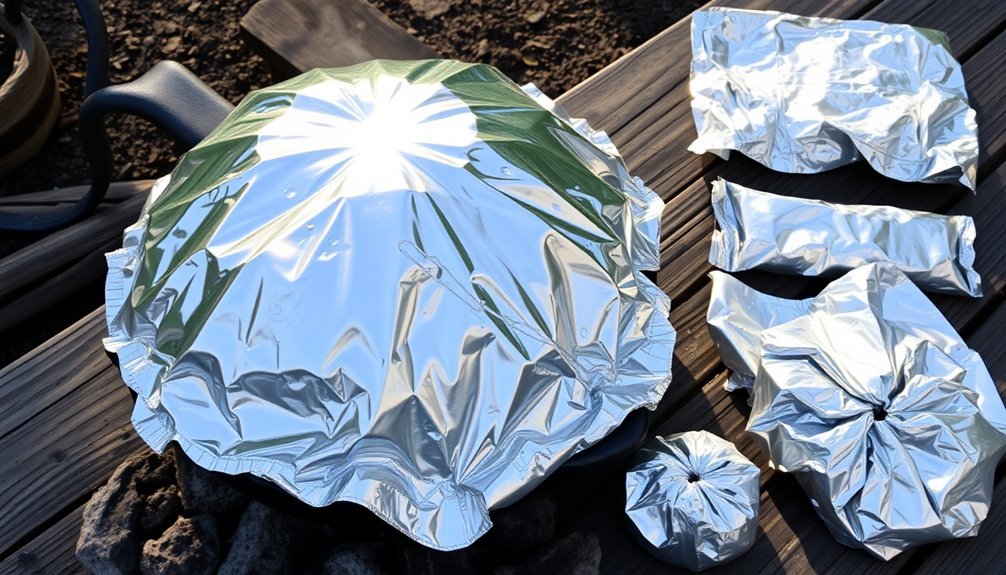
When mastering outdoor baking temperatures, aluminum foil serves as a versatile tool for precise heat control. You'll need to create tightly sealed foil packs that distribute heat evenly while retaining essential moisture for your ingredients.
For best results, use heavy-duty foil to withstand higher temperatures and maintain durability during outdoor cooking.
You can regulate cooking temperatures by adjusting your foil pack's configuration. Dense ingredients like meats or those containing liquids will need longer cooking times, as they'll heat up more slowly than lighter foods.
When working with delicate items like fish or vegetables, you'll benefit from the foil pack's ability to create a humid, Dutch oven-like environment.
Remember to allow proper airflow around your foil packs and avoid direct contact with heat sources to guarantee safe, consistent cooking.
Frequently Asked Questions
Can Aluminum Foil Packets Be Reused for Multiple Camping Trips?
You can reuse aluminum foil packets if they're heavy-duty and undamaged. Just clean them thoroughly between uses, remove food residue, and check for tears. Don't reuse foil that's been severely burned or crumpled.
How Long Does Food Stay Warm in Foil Packets After Removal?
You'll find that food in foil packets typically stays warm for 1-2 hours after removal. If you're adding insulated containers or multiple layers, you can extend warmth retention up to 3-4 hours safely.
Does the Color of Food Affect Cooking Time in Foil Packets?
No, your food's color doesn't affect cooking time in foil packets. You'll find that factors like ingredient thickness, moisture content, and cooking temperature are what determine how long your food needs to cook.
Can Foil Packets Be Prepared and Frozen Ahead of Time?
Yes, you can prepare and freeze foil packets ahead of time. Just wrap your ingredients tightly in heavy-duty foil, store them in freezer bags, and they'll last up to 3-4 months in your freezer.
Will Acidic Marinades Cause the Foil to Deteriorate During Cooking?
Yes, acidic marinades will cause your aluminum foil to deteriorate during cooking. You'll notice increased leaching of aluminum into your food when you use marinades containing citrus, tomatoes, or vinegar at high temperatures.
In Summary
You've now got the essential aluminum foil tricks to take your outdoor baking to the next level. Whether you're creating a double-walled reflector, positioning foil for maximum heat, or protecting against weather, these techniques will help you harness the sun's power effectively. Don't forget to monitor temperatures carefully and keep your emergency solar designs handy. With practice, you'll master the art of solar baking using simple foil techniques.
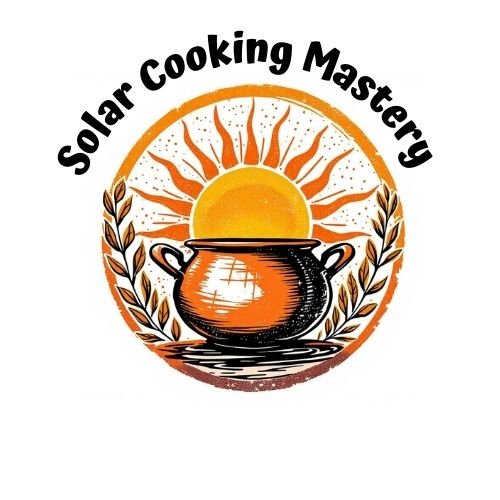
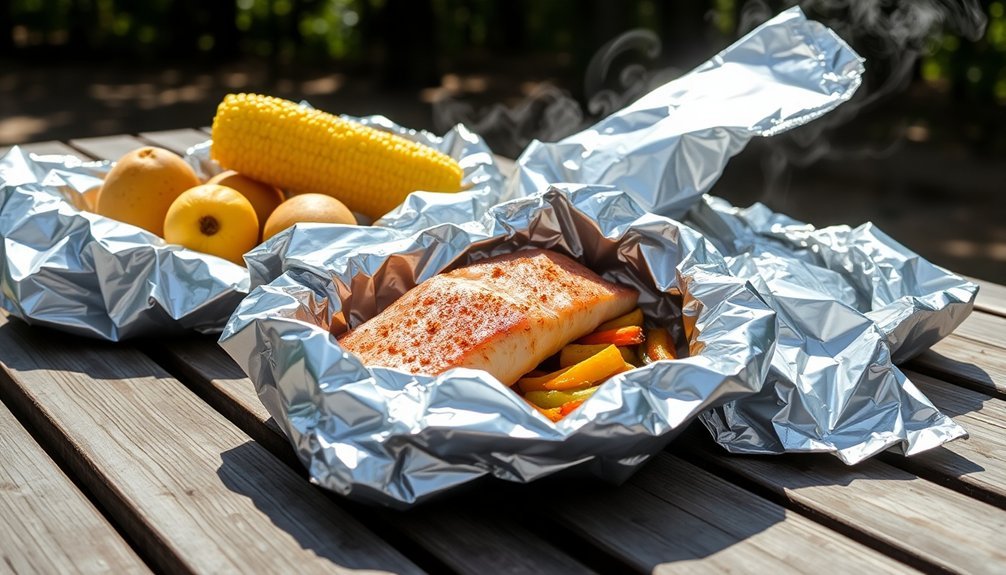
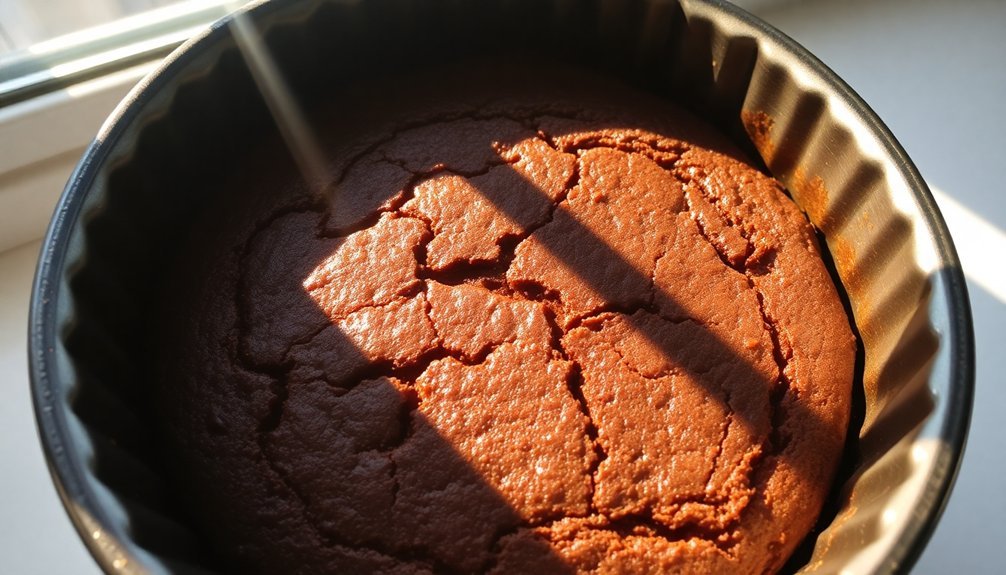
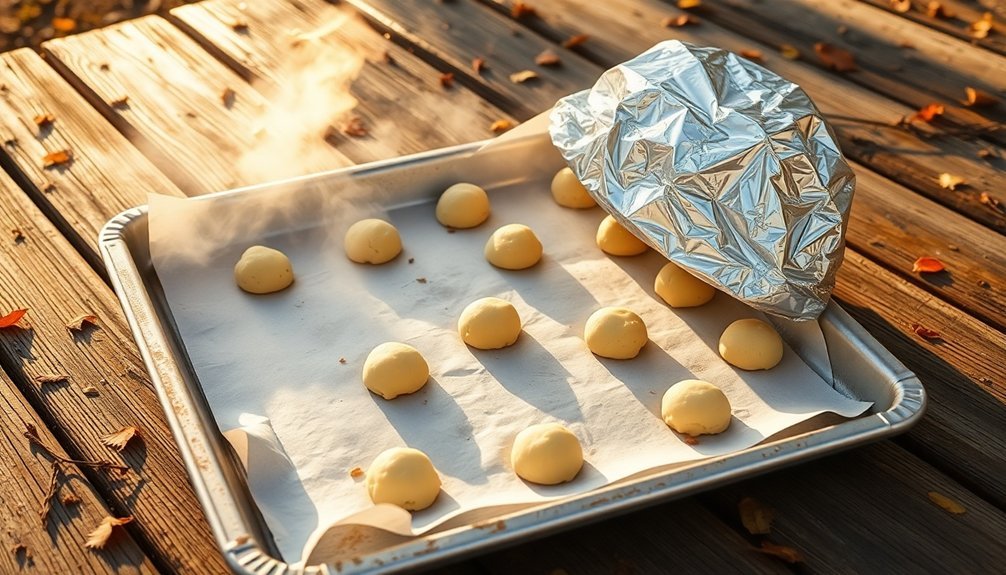
Leave a Reply